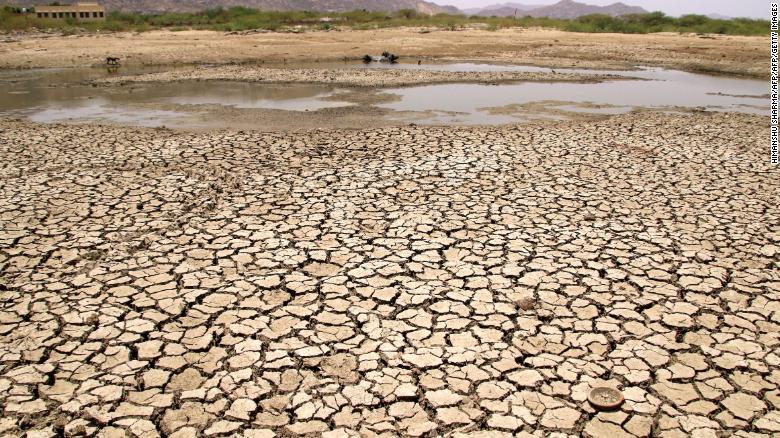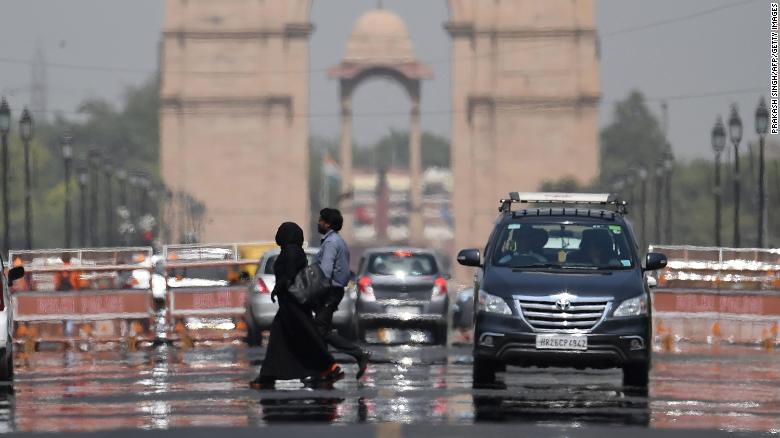TALLAHASSEE — On one of the busiest beach weekends of the year in Florida, the state Department of Health warns that four Florida beaches — including three in Sarasota County — pose health hazards for beach goers because of high fecal levels.
“Water at this site may pose increased risk of infectious disease particularly for susceptible individuals,’’ the agency warns in a nondescript notice on its Healthy Beaches web site, which lists water test results for the sites the state tests.
Although the agency lists only one beach as receiving a health advisory, a review of the water sample reports by the Times/Herald found that four health advisories have been issued: one at the Panama City Beach Access in Bay County and three others in Sarasota County: Brohard Park, Lido Casino Beach and Venice Beach.
The warnings come a year after toxic algal blooms closed beaches across the state during the Fourth of July weekend and beyond. So, if there is any good news to the warnings this year, state regulators reported on Wednesday that “there are currently no known algal blooms affecting Florida beaches.”
But at the four beaches in which advisories have been issued, contamination from flesh-eating bacteria is now a new concern. In the last month, two cases of life-threatening infections have been reported from Florida waters .
A 77-year-old woman from Ellenton fell and scraped her leg while walking on Anna Maria Island and died two weeks later because of an infection from a flesh-eating bacteria. The report came just weeks after the mother of a 12-year-old Indiana girl wrote on Facebook that she believes her daughter contracted the same infection during a trip to Destin in early June.
Both are believed to have suffered from “necrotizing fasciitis,” an infection caused by bacteria that stops blood circulation and causes tissue to die and skin to decay. The infection, although rare, can come from different strains of bacteria found in the water and on sand, health officials say.
It is called “flesh-eating” because the infection progresses rapidly. In April, two men reported cases of necrotizing fasciitis in Tampa Bay after spending time on the water.
When the Department of Health issues an advisory, it means that water samples have been tested and re-tested to confirm that the bacteria levels are dangerous and the water is too contaminated to enter.
“These indicate that contact with the water at this site may pose increased risk of infectious disease particularly for susceptible individuals,“ DOH said on its Healthy Beaches web site. State officials are warning people to stay away from swimming in these waters with a wound or cut, and to refrain from eating uncooked seafood.
The Department of Health samples the water in dozens of beaches in the state’s 26 coastal counties and relies on the public to check its web site to get the word out. The agency posts data “in real-time to the DOH Healthy Beaches webpage,” and posts advisory signs at the beach and sends out media alerts, said Brad Dalton, spokesperson for the Florida Department of Health.
According to the most recent water samples, 16 beaches in 11 counties — including in Miami-Dade and Broward counties — have elevated levels of bacteria that could pose risks if the water quality continues to decline.
In Miami-Dade, Dog Beach on the south side of Virginia Key Beach has tested as having “poor” or high levels of bacteria, with 70.5 parts per 100 ml of marine water on July 1. Oleta State Park also tested as having moderately elevated levels with between 35.5 to 70.4 per 100 ml.
In Broward, two beaches — Dania Beach and Commercial Boulevard Pier — tested for higher levels of bacteria. Monroe County hasn’t had its beaches tested since June 25, according to the Department of Health, and all received a good rating.
But new information won’t be updated until after the weekend, Dalton said.
“Lab tests take 24 hours to incubate after sampling and delivery time; thus the process takes two consecutive days to collect sample and get lab results, so it is unlikely any testing will be done over the holiday or on the weekend,’’ he said.
Beaches with high bacteria levels
Miami Dade — one poor, one moderate:
• Dog Beach (Virginia Key Beach, South side) tested as having poor levels of 70.5 per 100 ml of marine water on July 1.
• Oleta State Park tested as having moderately elevated levels – between 35.5 to 70.4 on July 1.
Broward — two moderate:
• Dania Beach — tested as having moderately elevated levels — between 35.5 to 70.4 on July 1.
• Commercial Boulevard Pier — tested as having moderately elevated levels — between 35.5 to 70.4 on June 17.
Bay — one health advisory:
• Panama City Beach Access — tested as having poor levels of 70.5 per 100 ml of marine water on June 24 and again on July 2. An advisory has been issued.
Collier — one moderate:
• Hideaway Beach — tested as having moderately elevated levels — between 35.5 to 70.4 on June 19.
Escambia — two moderate:
• Sanders Beach — tested as having moderately elevated levels — between 35.5 to 70.4 on July 1.
• Bayou Texar — tested as having moderately elevated levels — between 35.5 to 70.4 on June 24.
Flagler — one moderate:
• North Flagler Pier — tested as having moderately elevated levels — between 35.5 to 70.4 on June 18.
Franklin — one moderate;
• St. George Island at 11th St. — tested as having moderately elevated levels — between 35.5 to 70.4 on June 24.
Hernando — one moderate:
• Pine Island Beach — tested as having moderately elevated levels — between 35.5 to 70.4 on June 18.
Martin — one moderate:
• Jensen Beach — tested as having moderately elevated levels — between 35.5 to 70.4 on June 17.
Okaloosa — three moderate:
• Henderson Park Beach — tested as having moderately elevated levels — between 35.5 to 70.4 on June 24.
• Lincoln Park — tested as having moderately elevated levels — between 35.5 to 70.4 on June 24.
• Rocky Bayou State Park —tested as having moderately elevated levels — between 35.5 to 70.4 on June 24, an improvement over its poor test on June 10.
Pasco — one poor:
• Robert J. Strickland Beach — tested as having poor levels of 70.5 per 100 ml of marine water on June 24 and it was listed as moderate on July 1.
Sarasota — 3 beach advisories:
• Brohard Park — tested as having poor levels of 70.5 per 100 ml of marine water on July 1 and again on July 2, an advisory has been issued.
• Lido Casino Beach — tested as having poor levels of 70.5 per 100 ml of marine water on July 1 and again on July 2, an advisory has been issued.
• Venice Beach — Tested as having poor levels of 70.5 per 100 ml of marine water on July 1 and again on July 2, an advisory has been issued.
Wakulla — one moderate:
• Mash’s Island — tested as having moderately elevated levels — between 35.5 to 70.4 on June 24.






/arc-anglerfish-arc2-prod-tbt.s3.amazonaws.com/public/RH4TEE6FVVC55PZOZSU5Y5OYLY.JPG)






 A mirage shimmers in New Delhi on June 10, 2019.
A mirage shimmers in New Delhi on June 10, 2019.

 An Indian man uses a towel to wipe the sweat on his face on a hot and humid summer day in Hyderabad, India, on June 3, 2019.
An Indian man uses a towel to wipe the sweat on his face on a hot and humid summer day in Hyderabad, India, on June 3, 2019.